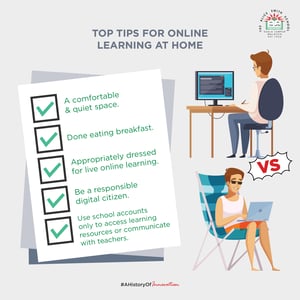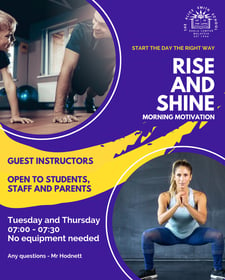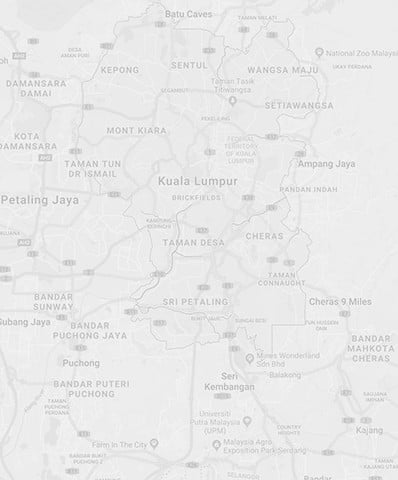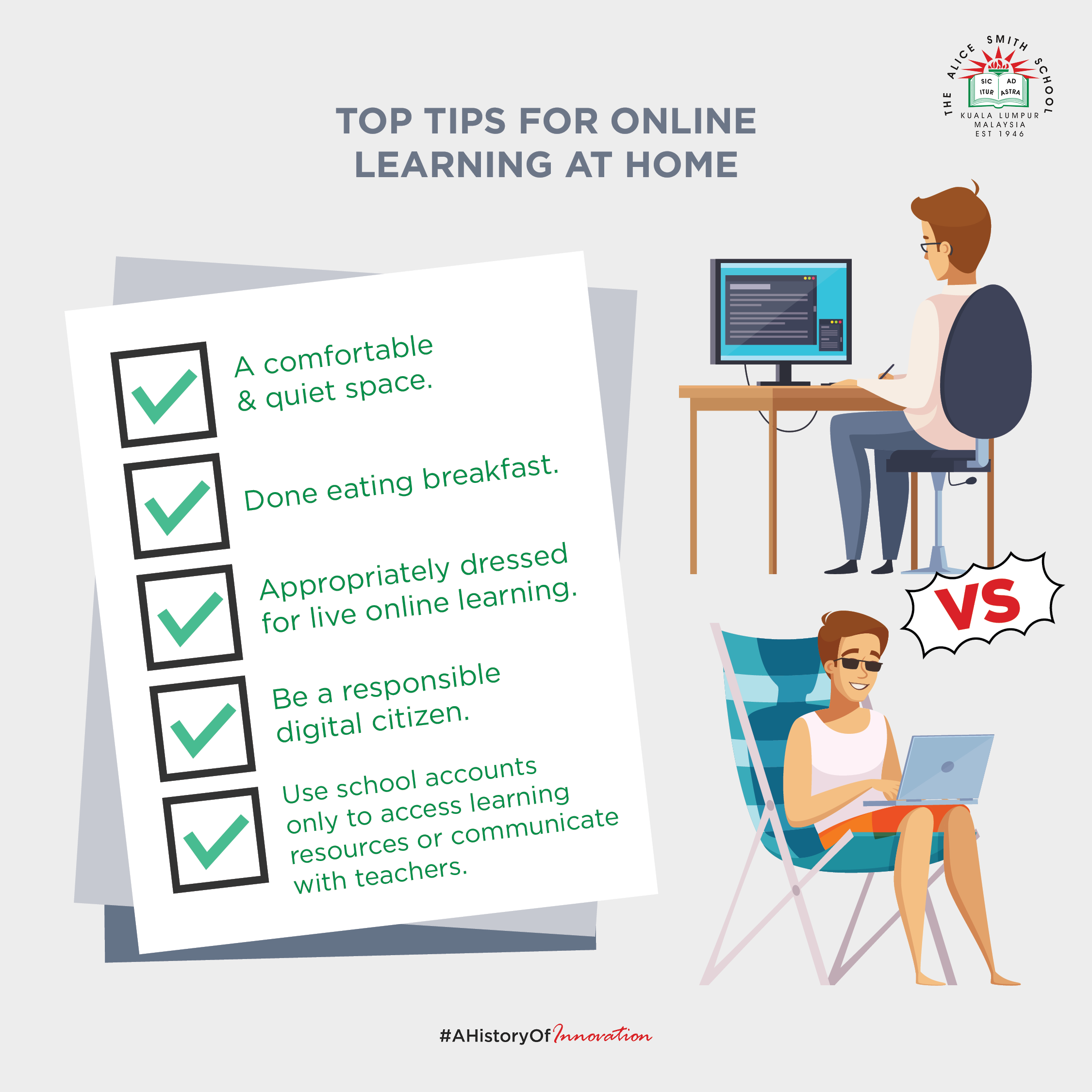A virtual diet is a varied one

Cameras and connection

A teaching episode is both an act of learning and an act of socialisation and interaction. Children construct meaning from what is being taught; peer and student-teacher discussions help them to process and make sense of that learning. We understand the importance of connection and interaction in virtual teaching, which is why you will find that much of your child’s virtual learning has interactive elements - discussions, group and paired learning, presentations and debate. It is also why we ask students to keep their cameras on during virtual lessons - the wellbeing benefits of seeing faces, smiles and connecting on a human level - albeit through a camera - are huge. Students are not always keen to keep their cameras on though and we appreciate your support in encouraging them to do so.
Find some more tips for creating a positive virtual learning environment here.
Wellbeing and pastoral support
During this time, all of us experience a mix of emotions. Indeed, from day to day, we might struggle to be our best selves. Routine and consistency are great supports in these situations. Being ready to start the day in an environment that supports engagement in learning helps students to feel a sense of accomplishment. During this time, teachers will reach out to students to check in with the pace of learning and level of understanding. Student communication and engagement is vital here. If students feel themselves falling behind, then they should reach out to their subject teacher directly through the chat function or privately through school email.

Wellbeing support will continue through the medium of daily tutor check-ins and weekly student surveys. More complex concerns - individual or family - can be supported and explored through the school counselling service. A wealth of resources and help is available here. The virtual ECA programme offers students time away from screens in a variety of activities, some can be completed as a family, so take a look and build them into your day together.
Why not join us for our "RISE and SHINE motivation" every Tuesday and Thursday morning?
if you have any concerns or questions please contact your child's teacher or email the school leadership teams on infojb@alice-smith.edu.my (Primary) or infoep@alice-smith.edu.my (Secondary).
Authors: Dr Maria Osowiecki, Secondary Principal, and David Slade, Vice Principal (Our Students)


